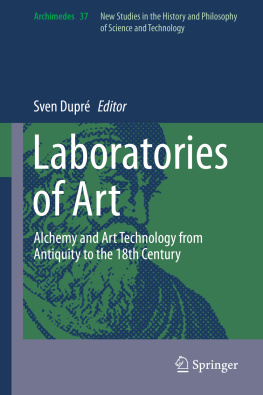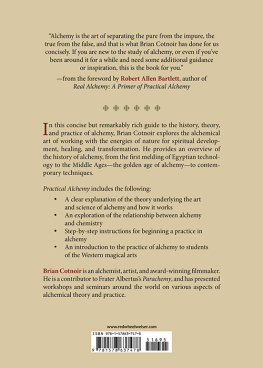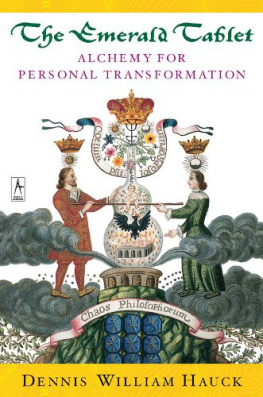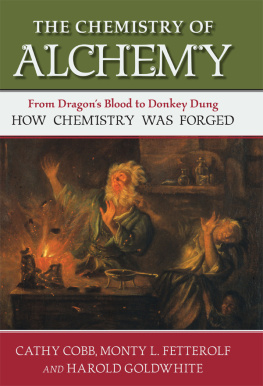The Alchemical Art of Dyeing: The Fourfold Division of Alchemy and the Enochian Tradition
Abstract
What is Graeco-Egyptian alchemy? Which kinds of techniques and craft practices does it encompass? And what were its goals? The paper addresses these questions by investigating the earliest Greek alchemical texts preserved both in Byzantine and in Syriac manuscripts. Already during the first centuries AD, in the Graeco-Roman Egypt it is possible to recognize some disagreement over the definition of alchemy and its expected outcomes. On the one hand, ps.-Democrituss four books and the Leiden and Stockholm papyri support a fourfold division of alchemy including processes for making gold, silver, and precious stones (glass working included), and for dyeing wool purple. On the other hand, Isiss treatise focuses only on the making of precious metals, which is identified with the main goal of alchemy during the late Byzantine tradition. In the process that led to such a simplification of the technical background of alchemy Zosimuss work seems to represent an important turning point. In fact the author inherited the above mentioned polarity and discussed different ideas of alchemy in a key text (here edited and translated into English for the first time) on the revelation of alchemy based on the Enochian myth of the fallen angels.
Alchemy and the Making of Gold: An Overview of the Byzantine Tradition
Between the seventh and the eleventh century different peopleincluding imperators, caliphs, and scholars moved by antiquarian curiositiesbecame interested in chmeia (alchemy) and somehow identified this art with chrysopoeia (the making of gold) and argyropoeia (the making of silver). Sure enough, these people were not practitioners and they did not test the techniques described by alchemical recipes. However, if we consider that the Byzantine anthologies preserving most of the Greek and Byzantine alchemical writings were probably compiled from the seventh century onwards, we should wonder to what extent a similar attitude could have affected the selection of the works transmitted by these collections. Did such a focus on the making of precious metals influence the choice of the treatises to be included into Byzantine anthologies and translated into Syriac and Arabic? Although a complete answer to this question would surpass the aim of this chapter and would require a wider analysis of the hundreds of alchemical manuscripts nowadays kept in several European and Middle-Eastern libraries, in the following I focus my attention especially on the polarity between the idea of alchemy as chrysopoeia attested by Byzantine scholars and a broader interest in different dyeing techniques attested by the most ancient alchemical writings (first to fourth century AD). Some of these works, in fact, covered a wider set of techniques focusing not only on how to dye metals yellow and white (that is, how to transform them into gold and silver), but also on how to dye crystal quartz different colours in order to produce precious stones, and how to dye wool purple.
In mid-eleventh century Constantinople, the Byzantine scholar Michael Psellos (1018c.1078) composed a small treatise on the making of gold in the form of a letter addressed to the Patriarch Michael I Cerularius (10431059), who asked the philosopher to make an investigation on the ancient alchemical methods of ( chrysopoeia ). After some theoretical remarks, Psellos introduced and somehow justified the specific focus of his small treatise as follows ( Letter on the Making of Gold , 5 partim ):
Since in my preface I have already insisted enough on the fact that transformations of matter happen according to natural changes, and not by means of magic spells, miracles, or some other secret practice (so, we must not wonder), it is time to pass on to this art of transformation. I would have liked to compose a complete discourse on this art and on how to work the matters [] and to teach what makes quartz and sapphire porous, what produces a fake emerald and beryl, which nature can soften stones, which one can dilute pearls and make them watery, and which one can make then again solid and round, and how to whiten them [] However, since you [Michael Cerularius] do not allow me to delay with such superfluous inquiries, wasting all my studiousness in a worthless research, but you want me to examine with which substances and according to which scientific method gold may be produced, I am going to explain only this topic.
The passage comes after a long introduction ( 14) in which Psellos rhetorically discusses the philosophical framework within which chrysopoeia is to be understood and assessed. At the very beginning ( 1, ll. 5f.) the scholar identifies the main topic of his letter with (the art of fire), whose first aim is said to be the transformation of lead, tin, and any other metal into gold ( 1, ll. 1215). The key concept of transformation is framed and expanded in the following paragraphs ( 24), where Psellos tries to set the basic principles guiding his (scientific) explanation of this art. He insists on the four elements that compose the physical world, on their reciprocal changes, and on the alterations of the four qualities (namely wet, dry, hot, and cold). These changes are explained through examples taken from various meteorological phenomena mainly based on evaporation and condensation of water. In Pselloss opinion, (natural processes of alteration) of the same kind are to be detected behind the art of fire, which is redefined as (the art of transformation) at the beginning of the section quoted above (II. 34). This art, in fact, included a wide set of practices and techniques dealing with the transformation of various (materials), such as metals, stones, and glasses. However, while a similar approach would have driven Psellos to consider all the methods listed in the passage, the narrower interests of Cerularius forced the scholar to focus his inquiry only on the making of gold.
In this respect, the attitude of Pselloss patron seems to reflect a more general idea about alchemy that is confirmed by other Byzantine sources. First of all, various encyclopaedia and lexica provide a similar definition of the difficult term chmeia ( or ), probably introduced for the first time by Zosimus (third century AD) in reference to the art of dyeing metals. More than one century later, the Syriac scholar Bar Bahlul (eleventh century AD) dealt with the same subject in two entries of his lexicon:
Duval, Lexicon Syriacum , vol. I, 901:
Kimiya , the dark stone. It is the work of the art of gold and silver. And there is someone who explains this word from the name kima (the constellation of the Pleiades), that is the height stars, because (this art) is accomplished by means of the height mixtures.
Duval, Lexicon Syriacum , vol. I, 904:
Kemelaa , that is the alchemy ( kimiya'a ) of the seven bodies and of the various natures; [it includes] arts such as goldsmiths art and copper, iron, and glass working.
Only the last definition includes a wide set of techniques applied to different substances (among which glass is mentioned), while most of the above-quoted texts identifies alchemy with the making of gold and silver. The two precious metals were probably the most attractive outcomes that anyone engaged in alchemical practices tried to achieve out of this art, as is possible to infer from a few accounts on alchemists preserved by Byzantine and Syriac chronographers. In the mid-sixth century, for instance, John Malalas (491578) reported the story of John Istmeos, (alchemist and tremendous impostor), who moved from Antioch to Constantinople, where he was condemned by the emperor Anastasios (491518) because of the adulterated gold objects he tried to sell as authentic ( Chronographia XVI 5). The Syrian city of Antioch was again the scene of an alchemical affaire at the beginning of the eighth century, when Isaac, bishop of arrn, is said to have become archbishop of the city (755756) thanks to his alchemical knowledge. According to various Syriac chronicles, Isaac murdered a monk of Edessa and stole from him a powder that, when applied on lead, could transform it into gold.















